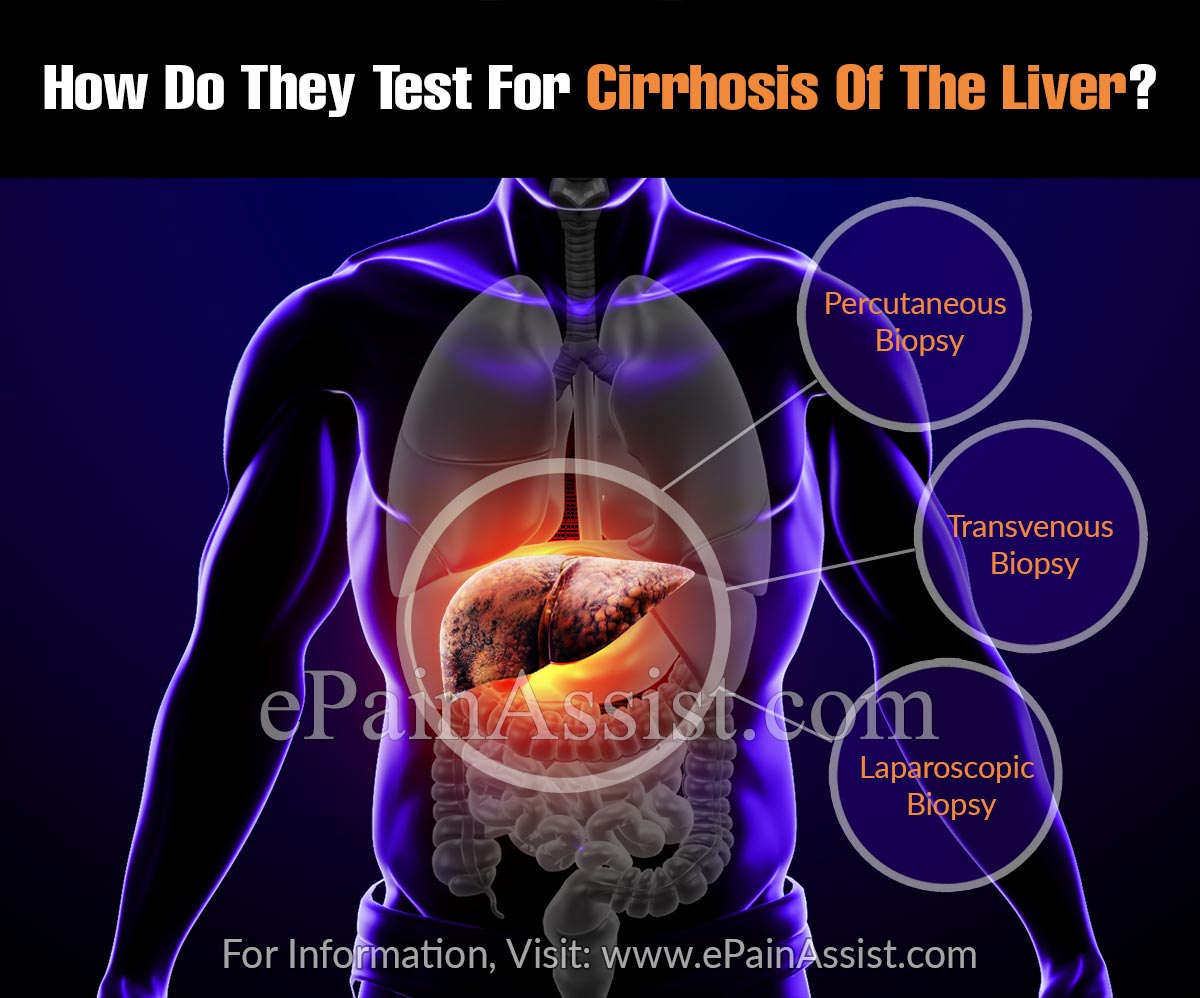How Do They Test For Cirrhosis Of The Liver?
It is not uncommon that cirrhosis occurs asymptomatically (absence of symptoms), in which case the diagnosis takes place in a completely casual way, either in a medical check-up or by hematological findings to which imaging tests are attached.
Nevertheless, in more advanced stages, cirrhosis can cause symptoms such as loss of appetite, tiredness, nausea, weight loss, abdominal pain, spider-like blood vessels and severe itch.
Currently liver cirrhosis can be diagnosed by attending a series of clinical findings, analytical and echographic results. However, the diagnosis of certainty goes through the histological examination of the liver after biopsy. This test, despite its invasiveness, is considered the gold standard since the diagnostic perspective.
Abdominal ultrasound and elastometry are two complementary tests very used now given its low invasiveness.
The abdominal ultrasound has the disadvantage that there is a considerable variability between different observers. Elastometrics is a technique that measures liver stiffness, which depends of the degree of existing liver fibrosis.

Liver Biopsy
Liver biopsy is a process to remove a small piece of the liver to examine it under a microscope and see if there are signs of disease or damage. The three main types of liver biopsy are percutaneous, transvenous, and laparoscopic.
The biopsy of liver is done when it is difficult to examine a liver problem through imaging techniques or blood tests, such as ultrasound and X-rays.
It is more common for the liver biopsy to be done to calculate the level of damage to the liver, a method called staging. Staging helps to guide the treatment.
Percutaneous Biopsy: For this method, a needle is passed via the abdomen and into the liver to cut a small piece of liver tissue. To help locating the liver and avoid puncturing other organs with the biopsy needle, doctors usually use ultrasound, computed tomography and other imaging techniques.
Transvenous Biopsy: Transvenous liver biopsy is used when a person’s blood coagulates with slowness or when there is excess fluid in the abdomen, an alteration called ascites.
During this procedure, the patient lies on their back on an X-ray table and a local anesthesia is given to the side of the neck. A small cut is made in the neck and a sheath, which is a hollow tube of special design, is inserted into the jugular vein. The doctor passes a biopsy needle through the sheath and into the liver and quickly extracts a sample of liver tissue.
Laparoscopic Biopsy: Doctors use a laparoscopic liver biopsy to get a sample of tissue from one or more specific areas of the liver or when there is a risk of cancer or infection spreading. Laparoscopic surgery is a technique that avoids making a large incision, by making one or a few small incisions.
The results of the liver biopsy take a few days. The liver sample it is sent to a pathological laboratory where the tissue is colored. The coloration points out important details in the liver tissue and helps the pathologist (a medical specialist in diagnosing diseases) to identify the signs of liver disease. The pathologist examines the tissue under the microscope and sends a report to the patient.
Regarding laboratory tests, the following can have diagnostic utility:
- Blood tests, resulting in anemia, leukopenia and thrombocytopenia (low levels of hemoglobin, white cells and platelets), as well as lengthening the prothrombin time (it refers to blood coagulation).
- Biochemical tests, whose most significant results include elevated bilirubin, moderately elevated or even normal transaminases, and alkaline phosphatase significantly elevated in cirrhosis of cholestatic origin or hepatocarcinoma.
- It is also convenient to study tumor markers.
- Serological tests, especially determination of autoantibodies not organ-specific.
Also Read:
